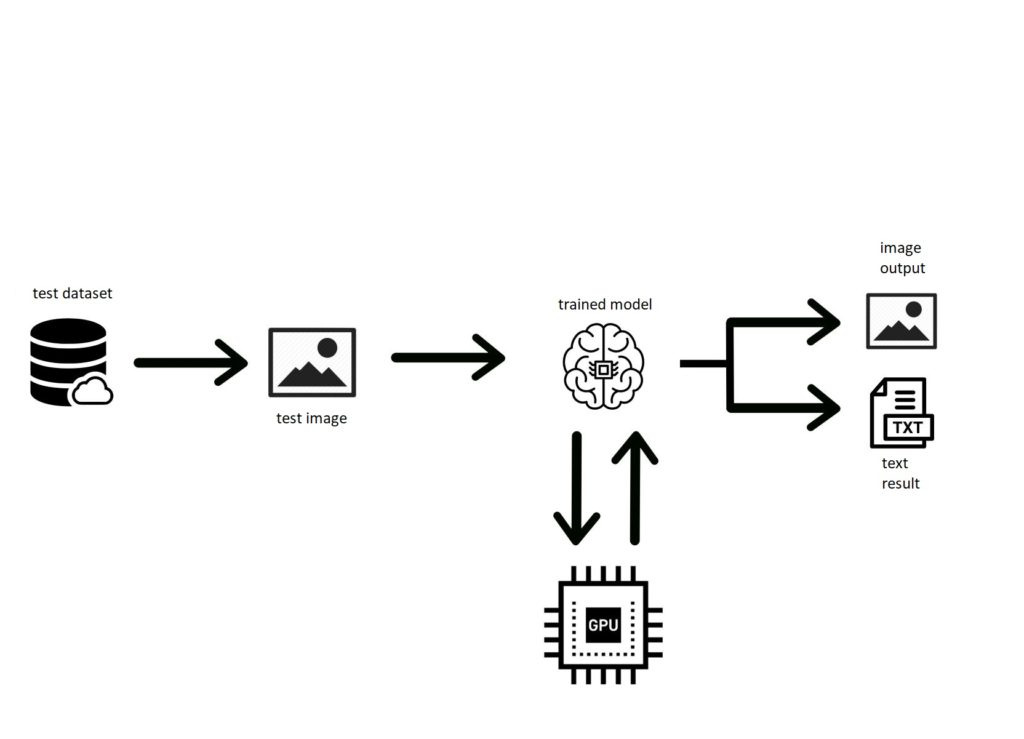Recent years have seen an impressive increase in the efficiency and accuracy of object-detection models through the use of region-based convolutional neural networks (RCNN). Many studies have been carried out that revolve around testing the limits of object detection. However, the detection of small objects still poses numerous issues. In fact, small-object detection is considered to be a significant issue for a number of reasons. One of these is the reduced accuracy of these systems resulting from relatively coarse feature maps, as they lack the information required for sufficient detection. Moreover, accuracy is compromised as these networks struggle to distinguish between foreground and complex backgrounds, such as rough terrain.

An experiment was undertaken to investigate the suitability of artificial intelligence (AI) techniques in analysing the effects on multiple-object detection models resulting from the distance between the capturing device and the object requiring detection. The set-up requires a custom dataset containing object instances that are identifiable by the implemented models, each with an object instance at a varying distance.
The starting point of the system is the sourcing of state-of-the-art object-detection models that are trained on the COCO dataset. To evaluate each model, the custom dataset was prepared in a private-environment set-up, with pre-established distance measurements and multiple small objects placed in plain backgrounds for detection. By changing the range of distances, each object instance underwent a change in spatial resolution in order to determine its effect on the accuracy of the model. Once the dataset was obtained, each of the models were implemented using a Python environment. Before applying the custom dataset, a series of baselines were initially tested to ensure that each model could correctly identify the selected object instance to be used as a ground truth. Once the baselines were established, each model was tested and evaluated using the custom dataset.
The designs and methods that were implemented were constructed in such a way as to provide a user- friendly system. Moreover, the aim of this project was to lay the foundations for future studies regarding small- object detection, by providing a different point of view to the issue of small-object detection.

Student: Jacob Cassar Ellis
Course: B.Sc. IT (Hons.) Artificial Intelligence
Supervisor: Prof. Matthew Montebello
Co-supervisor: Mr. Dylan Seychell
